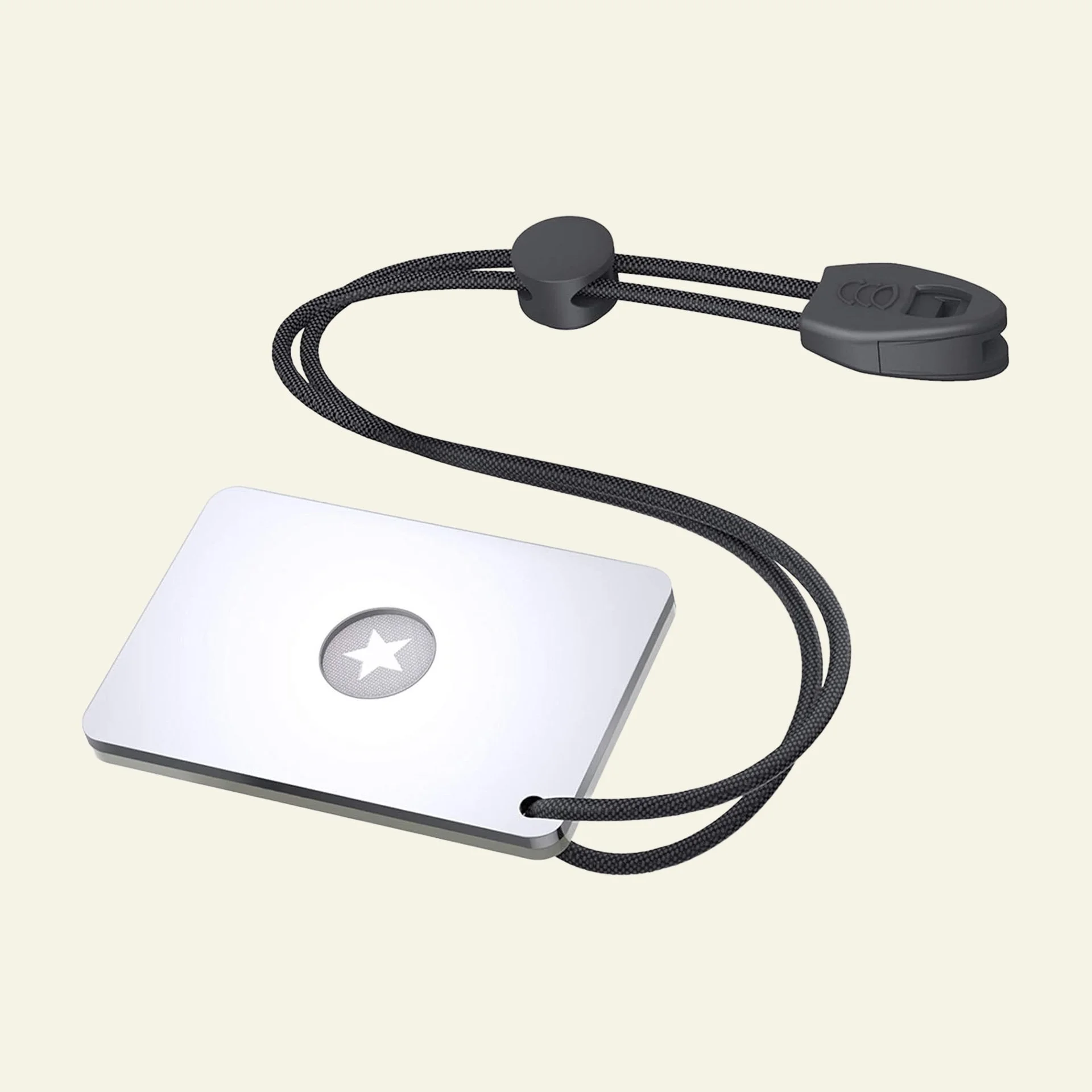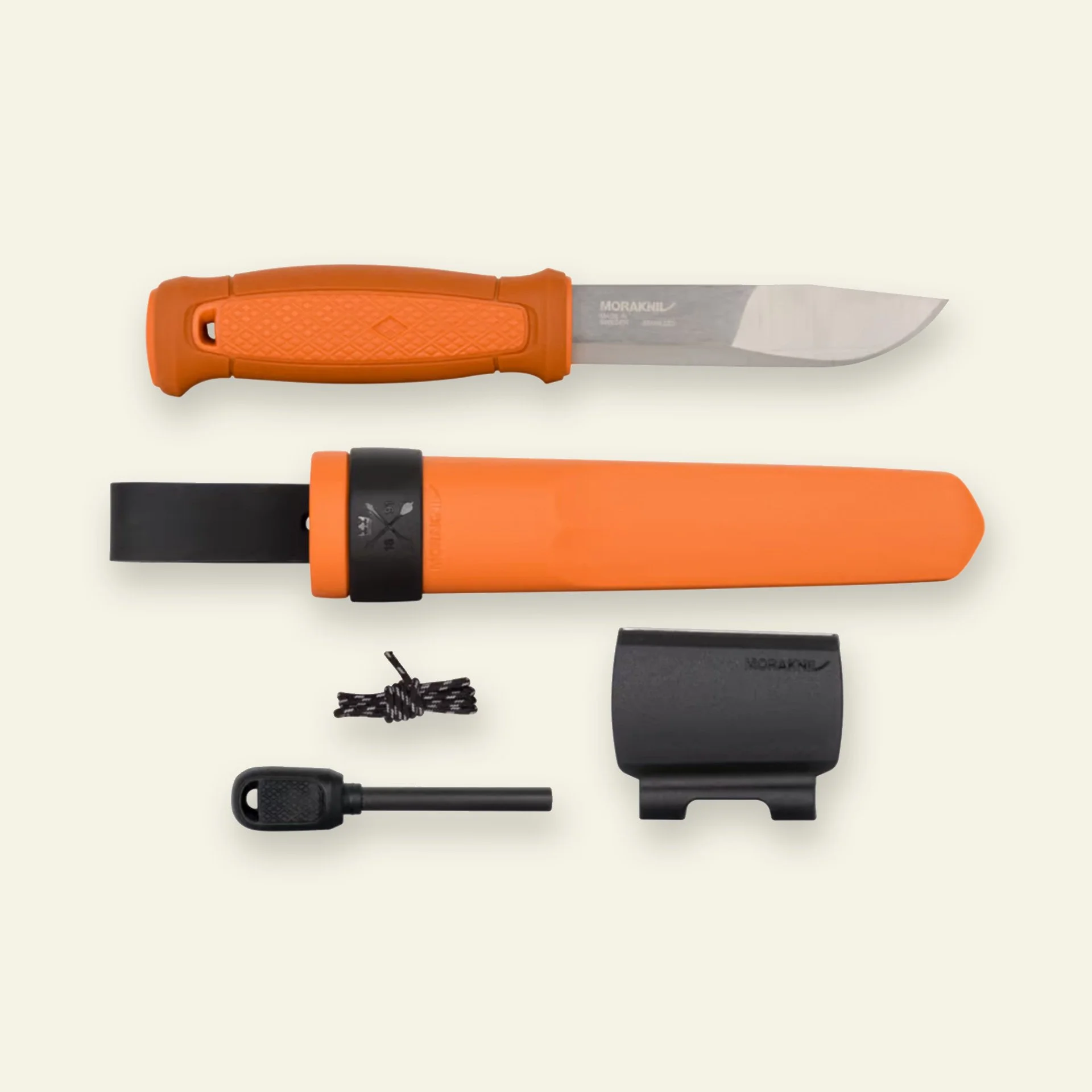Wilderness Survival
The Rule of Threes
In wilderness survival, everything starts with understanding this very simple rule. You can survive:
Three hours without shelter
Three days without water
Three weeks without food
Just remembering this will help you prioritize the steps you take to keep yourself alive in a wilderness emergency.
Your Personal Survival Kit
A personal survival kit is a minimal set of tools to help you address your survival priorities of shelter, warmth, signaling, and water. It should be compact, lightweight, and waterproof, and it should be carried on any wilderness trek. More important that the tools is the knowledge and skill of how to use them. A fire starting kit is useless is you don’t know how to build and maintain a fire, how to ignite it with the tools you have, and if you’ve never practiced using it on with wet wood in windy conditions.
Your survival kit will vary depending on the terrain and conditions you anticipate, your skills, and your personal preferences. Here are some suggestions to get you started, organized according to the Five Cs
Cutting
You’ll need a reliable cutting tool to process firewood, cut cordage, and a myriad of other tasks. Consider one of these options:
Swiss Army Knife: Compact, reliable, multiple tools. Not very effective for processing firewood.
Morakniv: Lightweight, 4" fixed blade for heavier duty tasks. Some have built-in-fire steel.
Multi-tool: Larger cutting blade than a Swiss army, has numerous repair tools, but heavy.
Combustion
Fire is critical for warmth, purifying water, and signaling. Being able to build, light, and maintain a fire is one of your top survival priorities. A good kit will include 2 or more of the following:
Waterproof Matches: Essential. Store them in a watertight container.
Bic Lighters: Light, small, and cheap. Won’t work wet.
Fire Steel: Ferrocenium rod with striker. Practice with it!
Fire Starter: Magnesium, char cloth, dryer lint, fire starting cubes.
Cover
Preventing heat loss from exposure to the elements is critical. In some environments, so is having a way to shade yourself from the sun.
Emergency Blanket: Reflects body heat and can act as a makeshift shelter. Essential to any kit.
Sun Protection: Sunblock stick, bandana for improvised hat (and other uses).
Cordage
Use it to string up or lash a shelter, swing a glow stick, or make repairs. It can also be used to secure a splint, make a tourniquet, make a sling or stretcher, catch a fish, start a fire, or suspend your gear. In many ways, it’s the backbone of your survival kit.
Paracord: Choose quality “mil spec” 550 paracord. 25 ft. minimum. 50ft. if you have room.
Survivorcord: The brand has woven in fishing line, snare wire, and fire starter.
Containers
In addition to storing everything in a waterproof bag or bottle (e.g. Nalgene), a container for gathering, purifying, and storing water is essential.
Nalgene: You can store your entire kit in here. It’s waterproof and will float.
Titanium Cup: Ultralight, durable, can be used to boil water.
Ziplock Bags: Multi-purpose for carrying water or food.
Contractors Bag: Large heavy-duty trash bag. Can carry gear and make a poncho or shelter.
Rounding it out
The Five Cs cover most of the important essentials, but you’ll want to add a few important items depending on the choices you’ve made above and your bushcraft proficiency.
Water Purification
If you have a metal container for boiling water and you’re confident in your fire making abilities, you have a way to purify water. It’s good to have a second option such as a filter straw or tablets (note that tablets don’t protect against parasites like cryptosporidium).
Water Purification Tablets: Make natural water sources safe(r) when boiling isn’t an option.
LifeStraw: Safe drinking water on demand. They make compact versions.
Signaling
Get found! After taking care of your basic life-systems (body temperature and hydration), your top priority is to be found. In addition to fire, a whistle and signal mirror are small, lightweight methods of attracting attention, but you could add all for of these to your kit:
Whistle: For long-distance signaling. Works day or night.
Signal Mirror: For daytime signaling up to 6–10 miles (20 miles ground-to-air) .
Mini Flashlight: For night signaling and seeing in the dark
Chem Light: (aka glow stick) swing it from a paracord to make a large visible signal at night
Rounding it out
Last but not least (well, actually, last and least) these items will help round out your kit:
Compact First Aid Kit: A mini backup version of the PFAK you should already be carrying.
Compass: For orientation.
Duct or Gaffers Tape: For repairs first aid, and more. They make mini rolls.
Waterproof Notebook & Pen: Leave a note, mark a trail, note the time of an injury.
Survival Manual: A small booklet with survival and first aid tips.
Eye protection: Disposal sun protection film from your eye doctor for improvised sunglasses
Energy Bars: For immediate energy needs.










A mini roll of duct tape weighs alsomost nothing and takes up little space. It has countless repair and first aid functions
$5 from REI